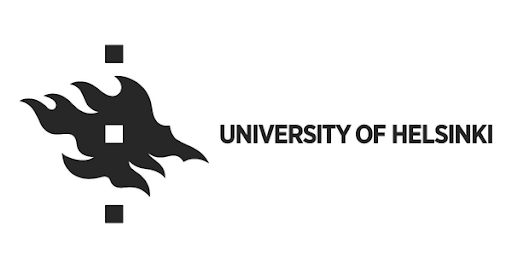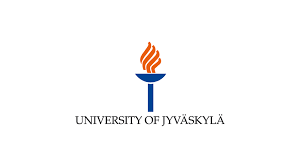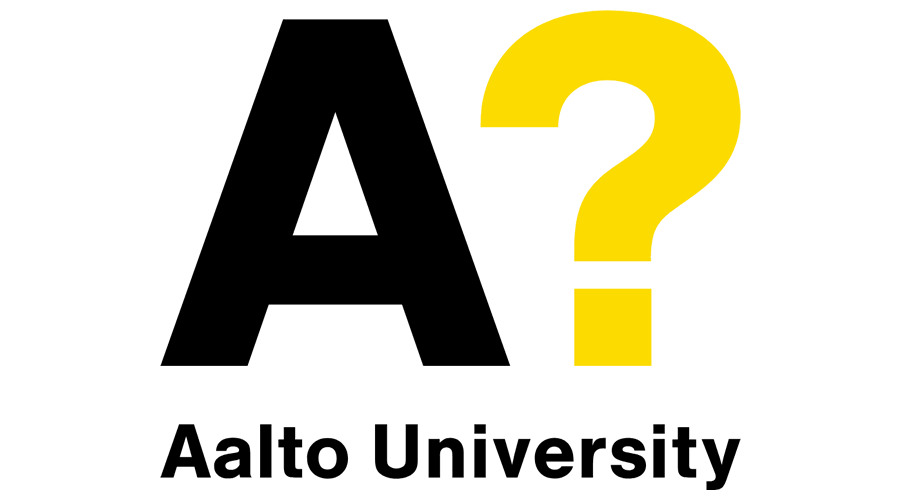
HISTORY
The History of Finland begins around 9,000 BC during the end of the last glacial period. Stone Age cultures were Kunda, Comb Ceramic, Corded Ware, Kiukainen, and Pöljä cultures. The Finnish Bronze Age started in approximately 1,500 BC and the Iron Age started in 500 BC and lasted until 1,300 AD. Finnish Iron Age cultures can be separated into Finnish proper, Tavastian, and Karelian cultures.The earliest written sources mentioning Finland start to appear from the 12th century onwards when the Catholic Church started to gain a foothold in Southwest Finland. Finland declared independence. A civil war between the Finnish Red Guards and the White Guard ensued a few months later, with the Whites gaining the upper hand during the springtime of 1918. After the internal affairs stabilized, the still mainly agrarian economy grew relatively quickly. Relations with the West, especially Sweden and Britain, were strong but tensions remained with the Soviet Union. During the Second World War, Finland fought twice against the Soviet Union, first defending its independence in the Winter War and then invading the Soviet Union in the Continuation War. In the peace settlement Finland ended up ceding a large part of Karelia and some other areas to the Soviet Union. However, Finland remained an independent democracy in Northern Europe.
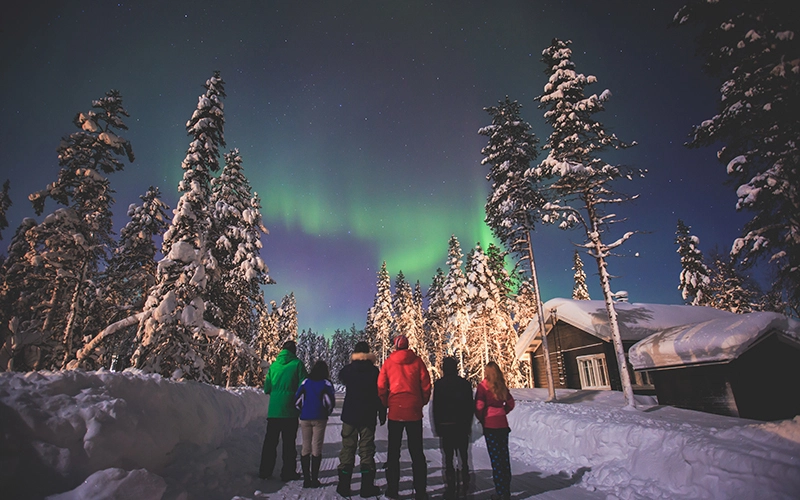
CULTURE
The culture of Finland combines indigenous heritage, as represented for example by the country's national languages Finnish (a Uralic language) and Swedish (a Germanic language), the sauna, with common Nordic and European cultural aspects. Because of its history and geographic location, Finland has been influenced by the adjacent areas, various Finnic and Baltic peoples as well as the former dominant powers of Sweden and Russia. Finnish culture is built upon the relatively ascetic environmental realities, traditional livelihoods, and heritage of egalitarianism (e.g. Everyman's right, universal suffrage) and the traditionally widespread ideal of self-sufficiency (e.g. predominantly rural lifestyles and modern summer cottages).There are cultural differences among various regions of Finland, especially minor differences in dialect. Minorities, some of which have a status recognized by the state, such as the Sami, Swedish-speaking Finns, Romani, Jews, and Tatar, maintain their cultural identities within Finland. Many Finns are emotionally connected to the countryside and nature, as large-scale urbanization is a relatively recent phenomenon.

CLIMATE
Only on the south coast and the southwest is summer as long as winter. The southern coast is Dfb (humid continental mild summer, wet all year), and the rest of the country is Dfc (subarctic with cool summer, wet all year). The climate of Finland has characteristics of both maritime and continental climate.

ECONOMY
Finland’s economic freedom score is 75.7, making its economy the 20th freest in the 2020 Index. Its overall score has increased by 0.8 point, helped by a higher score for fiscal health. Finland is ranked 11th among 45 countries in the Europe region, and its overall score is well above the regional and world averages. The Finnish economy has benefited from gradually rising economic freedom over the life of the Index. GDP growth has been positive but modest. For Finland to move higher in the mostly free ranks, the government would have to make significant cuts in spending, reform the labor code to make it more market friendly, and reduce taxes. The new center-left government, however, has announced a program of higher spending on education, health care, and welfare services along with an increase in infrastructure development. The top personal income tax rate is 31.25 percent, and the top corporate tax rate is 20 percent. Other taxes include value-added and capital income taxes. The overall tax burden equals 43.3 percent of total domestic income. Government spending has amounted to 54.4 percent of the country’s output (GDP) over the past three years, and budget deficits have averaged 1.1 percent of GDP. Public debt is equivalent to 60.5 percent of GDP. The top personal income tax rate is 31.25 percent, and the top corporate tax rate is 20 percent. Other taxes include value-added and capital income taxes. The overall tax burden equals 43.3 percent of total domestic income. Government spending has amounted to 54.4 percent of the country’s output (GDP) over the past three years, and budget deficits have averaged 1.1 percent of GDP. Public debt is equivalent to 60.5 percent of GDP.

NATURAL BEAUTY
The entire country of Finland, barring a few islands of its southernmost coast, is located above the 60th parallel. Finland's geographic location, as well as its stunning landscape, makes it an ideal location for students wanting to study and explore. Head north in the summer when the sun doesn't set and hike around any of Finland's 168,000 lakes. In the winter, Finland turns into a winter wonderland with cross country ski trails through Helsinki's central park and northern lights that dance across the sky.

VIBRANT INTERNATIONAL COMMUNITY
Finland has a small population (just under 5.5 million people), but the country has a diverse international community, and international students will find a warm welcome. The University of Helsinki, along with the rest of the country, has worked to establish an “attractive and internationally competitive” profile and international students have a strong network of support.

STRONG LOCAL CULTURE
Finnish people may seem very reserved, but once you get to know them, you'll find a warm, friendly population and cities full of life. Finns drink more coffee than any other people on earth (around 12kg per person per year!) and the capital city of Helsinki is “full of cafes, culture and clubs.” Spend your weekends browsing flea markets and art galleries, and check out the city's dynamic music scene featuring everything from classic operas to a rock culture that makes Finland a leader in yet another area – heavy metal bands!

WORLD CLASS EDUCATION
You can hardly open the news without hearing about Finland's marvelous education system, but the country deserves its reputation. Finland repeatedly ranks in the top five for PISA scores, Finns borrow more library books than any other country in the world, and in the “latest Shanghai ranking, [the University of Helsinki was. The university is working its way to the top of the ranking and employs instructors who are also esteemed researchers, making it a smart choice for ambitious international students.
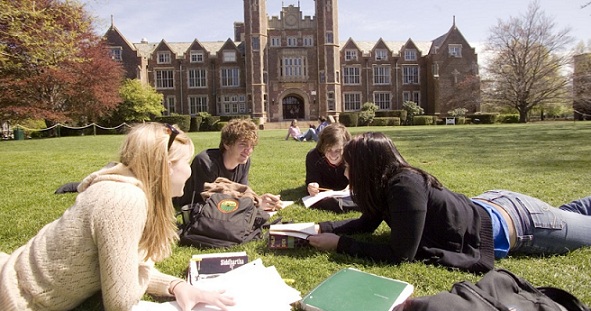
SAFETY
Apart from the occasional bear, the streets of Helsinki are relatively safe. The capital of Finland is the second safest city in the world and has been named the most livable city in the world. Outside the city crime rates are remarkably low, and the greatest risk to public safety comes from the wildlife – watch out for moose on the highways!
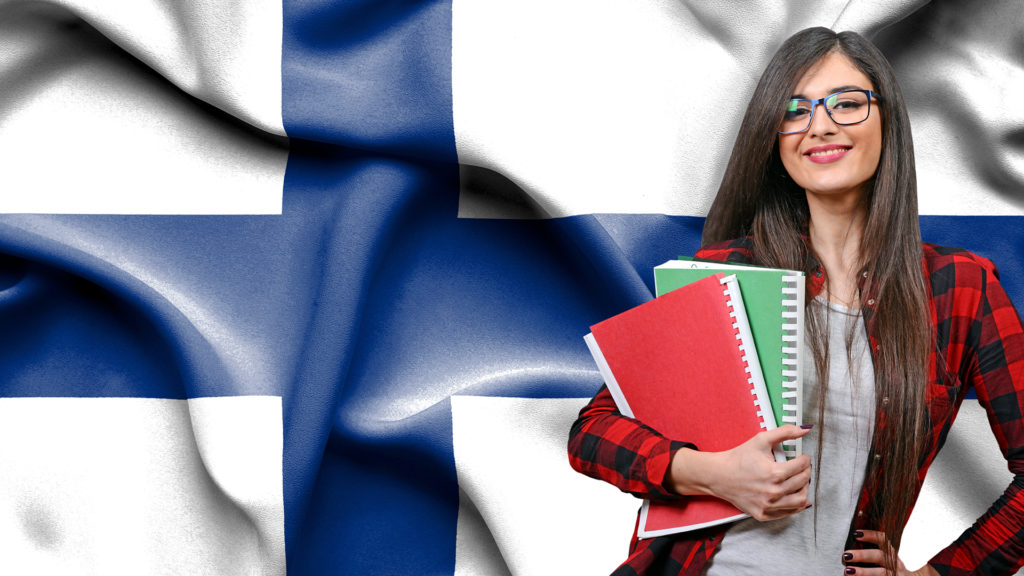
EVERYONE SPEAKS ENGLISH
Finland's well-educated population is also extremely fluent in English. Last year, the country ranked #4 in the Education First English Proficiency Index, and Finland's universities offer around 450 programs in English. While international students are encouraged to learn Finnish during their studies, students at the University of Helsinki have access to courses at different levels in English.

MODERN RESEARCH UNIVERSITIES
Finland's high educational standards are just one of the ways that this forward-thinking country works to make the world and the future a better place. Finland leads the world in futurology, and its universities are central to the country's efforts. Students can join the Helsinki Challenge, “a science based competition and idea accelerator,” that aims to achieve the goals of the 2030 Agenda for Sustainable Development and build a better future.
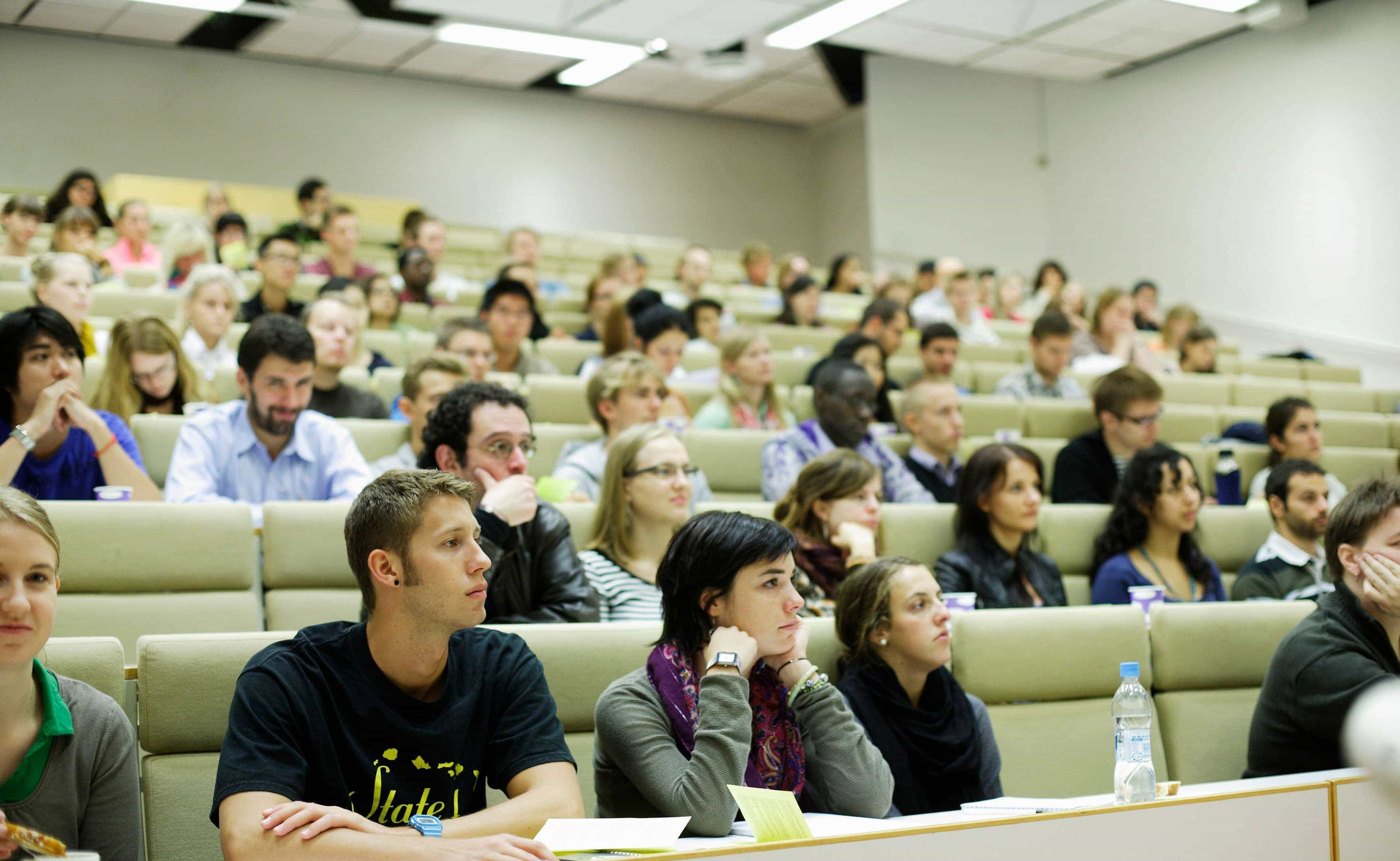
IDEAL LOCATION
Finland holds a unique place between east and west and the capital, Helsinki, is only a few hours from Russia and Estonia by train and ferry. The country also has strong ties with Scandinavia and many Finns speak Swedish as fluently as they do Finnish. And with ferries connecting Helsinki and Stockholm, Finland serves as a perfect jumping-off point for the rest of Europe as well.
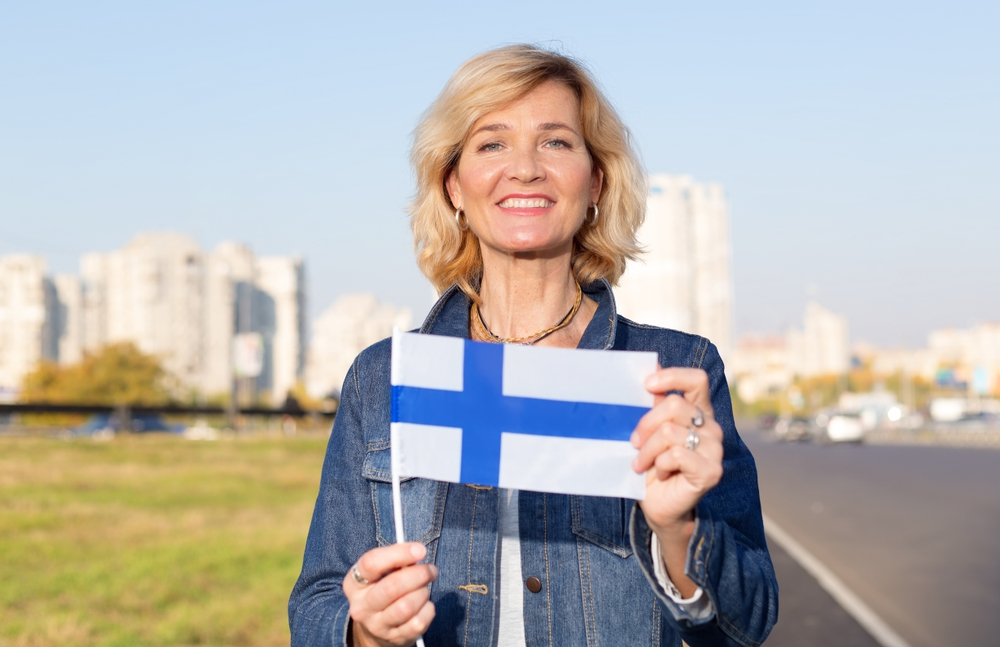
WELL CONNECTED
It's easy to travel from Finland to nearby Scandinavian or northern and eastern Europe, but the country's main carrier – Finnair – is setting its sights a bit further afield. The country's location makes it well-placed for flights to and from Asia, and the Finnish airline has already launched plans to increase Asian traffic by 2020. Finnair was the first European airline to offer non-stop flights to Tokyo, and the airline currently offers 77 non-stop flights to Asia from Helsinki every week. This is great news for international students from Asia, or for students who want to use their holidays to explore the world.
Application Procedure
- ⦁ Select a Course and Institution
- ⦁ Apply for the course
- ⦁ Received your Letter of Offer
- ⦁ Pay First Installment of Tuition fees
- ⦁ Receive Confirmation of Enrolment
- ⦁ Apply for your Visa
- ⦁ Fly to Finland
Undergraduate
- ⦁ Minimum SSC/ O level grade should be 3.0/5(B)
- ⦁ Minimum HSC/A Level/ Diploma grade should be 3.0/2(B)/2.5
- ⦁ Proof of English-language proficiency: 6/6.5 or MOI or Good Speaking Quality students can apply without IELTS
Postgraduate:
- ⦁ Minimum SSC/ O level grade should be 3.0/5(B)
- ⦁ Minimum HSC/A Level/ Diploma grade should be 3.0/2(B)/2.5
- ⦁ Minimum Bachelor Degree CGPA 2.9
- ⦁ Proof of English-language proficiency: 6.5

DURING STUDY
During study students can work 20 hours per week. But during vacation students can work full time.
AFTER STUDY
After Study student will get 6 months for job searching.
Documents Required
- ⦁ passport
- ⦁ 3 Photos
- ⦁ visa form
- ⦁ A letter of acceptance from a Finland educational institution.
- ⦁ All educational documents, including marks sheets (SSC, HSC, Bachelors, Masters or other post- secondary, college, vocational or university diploma, certificate or degree).
Tuition fees |
|
Course |
Fees per Year in £ |
| Bachelor Program | 8000 to 12000 Euro per year |
| Master Program | 9000 to 12000 Euro per year |
Living cot |
|
| Living Cost approximately 30000 BDT to 35000 BDT per months | |

